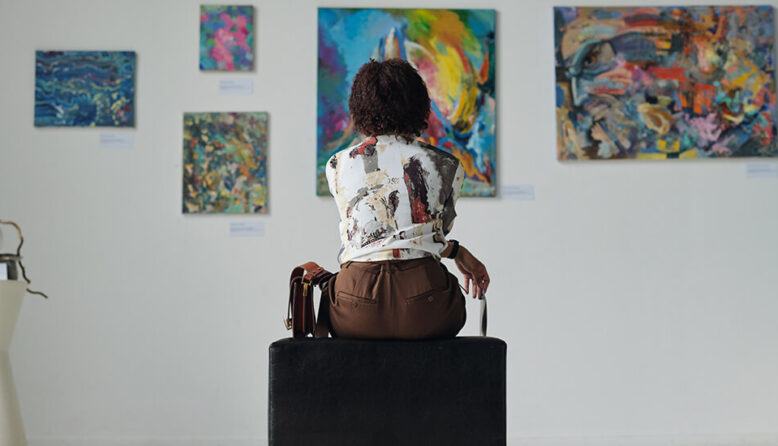If you’re planning a trip to Chicago, chances are you’ve already got a museum or two on your to-do list: the Art Institute, the Field Museum, the Museum of Science and Industry — this city’s got some world-class cultural institutions. But the list of Chicago’s coolest museums isn’t limited to the big names. All over the city, you’ll find spaces highlighting local and national history, culture, and more in ways that you won’t see anywhere else. Next time you’re heading to the Windy City, don’t sleep on these local gems.
1. Chicago Fed’s Money Museum
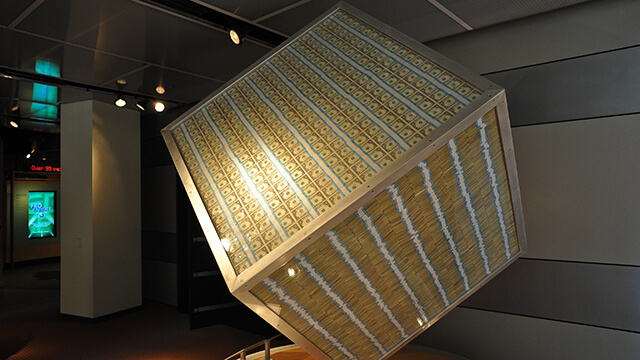
While a museum associated with one of the country’s 12 Federal Reserve banks might sound pretty dry, the Chicago Fed’s Money Museum is actually a really fun place to visit. Yes, there are interactive exhibits that teach you about inflation and bank structure, which may or may not pique your interest on their face. But the museum also has a one-of-a-kind collection of quirky and unique exhibits, including a huge transparent cube filled with one million single dollar bills, a machine that teaches you how to recognize counterfeit bills, and examples of rare centuries-old American currency (the thousand-dollar bill is wild). And even though the museum is all about money, admission is free.
2. National Museum of Mexican Art
Not that you need one, but this museum is an excellent excuse to visit Chicago’s Pilsen neighborhood. Housing one of the country’s largest collections of Mexican art, including photography, painting, textiles, and more, ranging from ancient to modern, the National Museum of Mexican Art offers an immersive experience. The first iteration of the museum opened in 1987 and was committed to accessibility, education, and social justice – all values that are still very much part of the institution today.
The museum sits in the largely Mexican American neighborhood of Pilsen, which is known for its colorful murals, excellent food from a range of diverse cultures, and nightlife options running from pubs to music halls. With everything going on in Pilsen, you can easily make the National Museum of Mexican Art the centerpiece of a whole day in the neighborhood.
3. Driehaus Museum
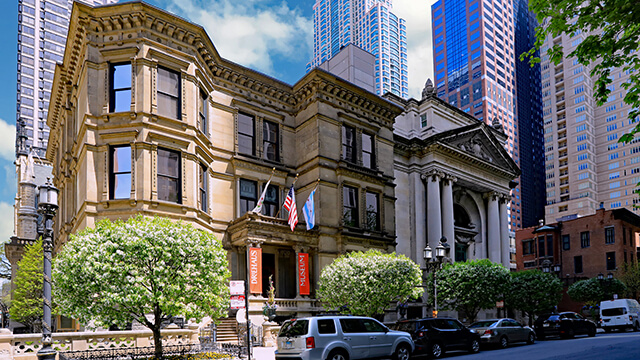
Inside the 1883 Nickerson Mansion, the Driehaus Museum is an aesthetic portal back in time. The Gilded Age “Marble Palace,” as it was once known, has been fully restored both inside and out. In addition to its interior architecture, woodwork, stained glass, and period furniture – all works of art in themselves – the mansion is now home to the art collection of the late Chicago philanthropist Charles Driehaus. These days, the museum also hosts contemporary artists, who showcase their work in dialogue with the Gilded Age surroundings.
4. DuSable Black History Museum and Education Center
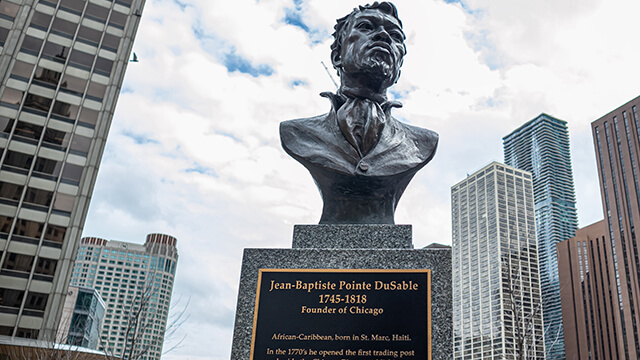
Established over 60 years ago, the DuSable was the country’s first independent museum celebrating Black culture. The institution is named after Jean Baptiste Pointe DuSable, a Haitian-born early settler now known as the founder of Chicago – you’ll see his name today on landmarks throughout the city, including the DuSable bridge and the nearby bronze bust of the founder. South of the statue, in Washington Park, the DuSable museum is dedicated to preserving, interpreting, and disseminating African American culture through its 15,000+ works of art and historical artifacts, as well as its ongoing educational programs, workshops, lectures, musical performances, and other events.
5. American Writers Museum
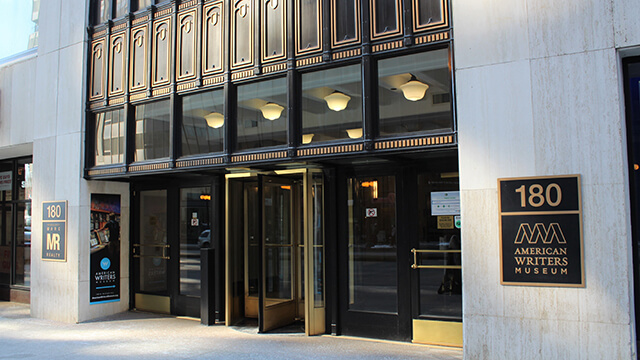
This small but jam-packed museum celebrates American writers of all genres, from poetry and fiction, to journalism, drama, and song lyrics. There are sections dedicated to the work and personal stories of local Chicago writers, Black writers, immigrant writers, and many more, spanning America’s history and present. The space aims not to create an exhaustive tribute to every great American writer, but rather to showcase the diversity and power of the written word. Tucked away on the second floor of a larger building, the American Writers Museum can be a bit difficult to find, but once you do, plan to spend at least a few hours there reading, learning, and reflecting.
